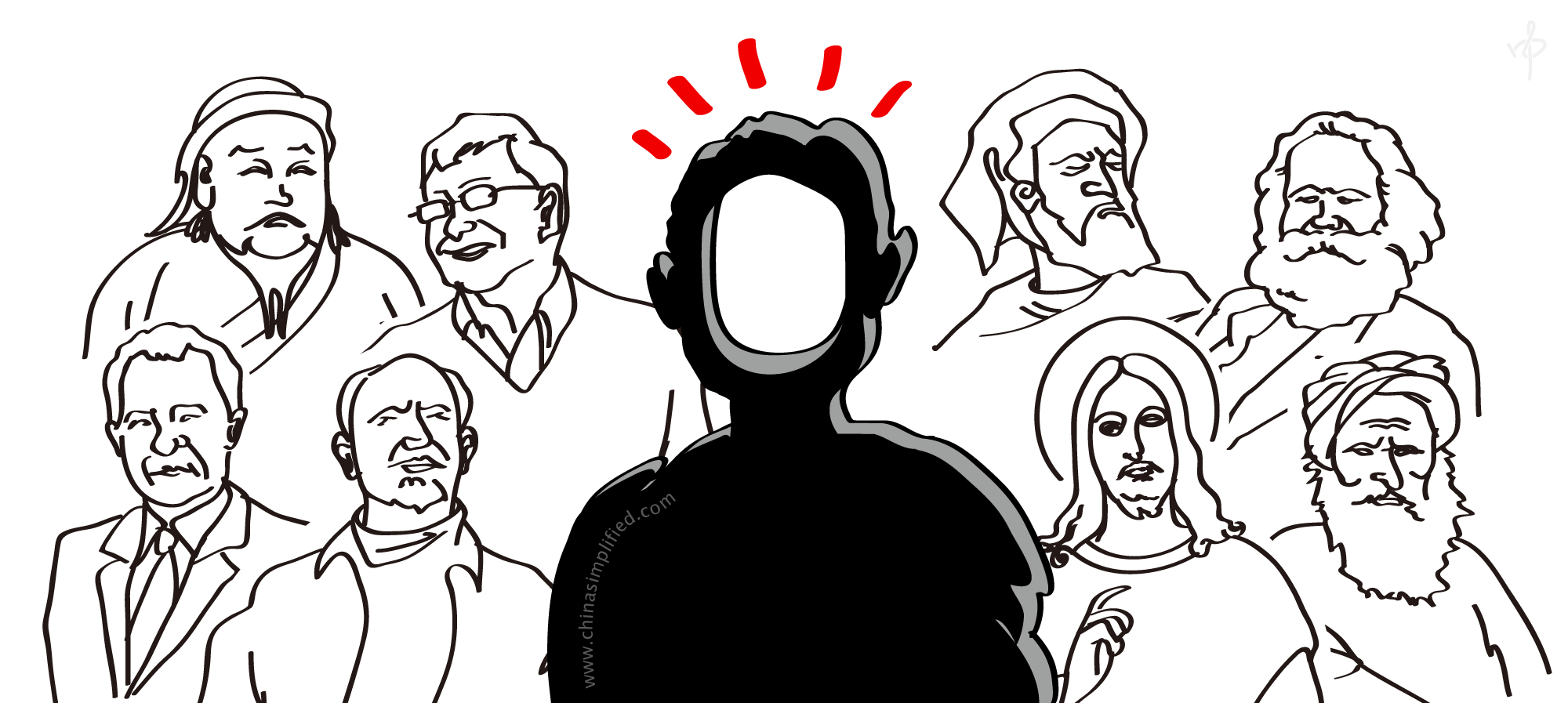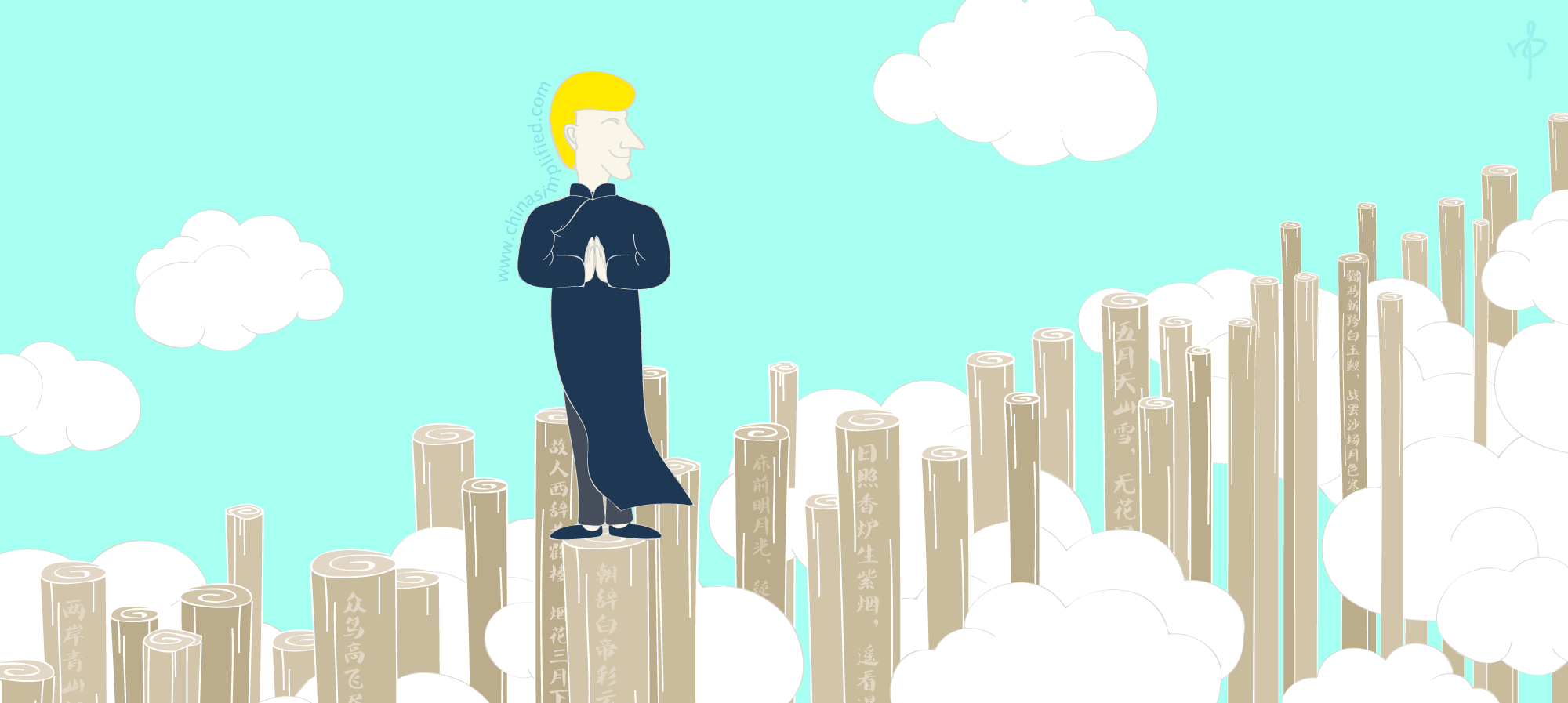Karl Marx? Marco Polo? Kublai Khan? Bill Gates? The list is endless. But if you think about it, one man’s legacy has by far had the biggest and longest lasting impact on the Middle Kingdom.
The most influential foreigner in China’s history and culture came to prominence during the Tang Dynasty. He traveled in spirit along the Silk Road from the Han Dynasty onwards, his revolutionary beliefs transported by the oral storytelling tradition of the day. It’s ironic that the Chinese, who never met this Indian prince, were so captivated by his coherent guidance on how to escape earthly suffering. We’re talking of course about Siddhārtha Gautama, the Buddha.
Buddhism and Daoism were instant brothers – no creator gods, release of desire, selfless inner peace – both providing spiritual comfort in a chaotic world. Monks translated Pali scriptures using recognized Daoist (Chinese) terms to cross-pollinate them with familiar doctrine, passing along these new texts beyond Tang borders to Korea, Japan, Vietnam and beyond. Buddhism also introduced the concept of reincarnation, matching the dominant cyclical worldview and infusing the Dao with renewed energy.
The wildest speculation holds that Laozi journeyed to India to meet Buddha and talk philosophy, or that perhaps Buddha was a reincarnation of Laozi himself! While most historians dismiss this idea, there remain some striking parallels between their thinking as passed down through the ages:
Laozi wrote:
The Way that can be expressed is not the everlasting Way;
Names that can be named are not changeless Names.
Buddha wrote:
The Way is beyond language;
The highest principle cannot be explained in words.
During the Tang most religions thrived, driving an unprecedented exchange of ideas. Banned by the Romans, the Nestorians followed the Silk Road to settle in China where they practiced Christianity through the 14th Century. Islam found a home in China as well, introduced by the maternal uncle of Mohammed in the decades following the death of the Prophet, leading to Tang Emperor Gaozong building the first mosque in Guangzhou.
Let’s attempt to put things in perspective using a basketball analogy: if Buddha became the all-star center in the Tang spiritual starting five, dare we say that Jesus and Mohammed were the starting guards in his back court?
To the Chinese, Buddhism proved adaptable and controllable, gaining it state appeal. The ubiquitous Buddha stone carvings in Luoyang and Leshan also testify that, during this era, Buddhism outshined Confucianism by embracing all levels of society. And while Jesus and Mohammed were highly respected sages within the Tang religious pantheon, Christianity and Islam were unable to capture the mass imagination of the time inside China, possibly because their jealous monotheistic gods lacked popular appeal alongside the localized assortment of go-to deities.
Though in retrospect, our basketball all-star analogy was poorly chosen – feed the ball inside to Buddha and he might contemplate its roundness rather than dunk it.
“I have no hesitation in declaring that I owe a great deal to the inspiration I have derived from the life of the Enlightened One. Asia has a message for the whole world, if only it would live up to it. There is the imprint of Buddhist influence on the whole of Asia, which includes India, China, Japan, Burma, Ceylon, and the Malay States. For Asia to be not for Asia but for the whole world, it has to re-learn the message of the Buddha and deliver it to the whole world.” – Gandhi













